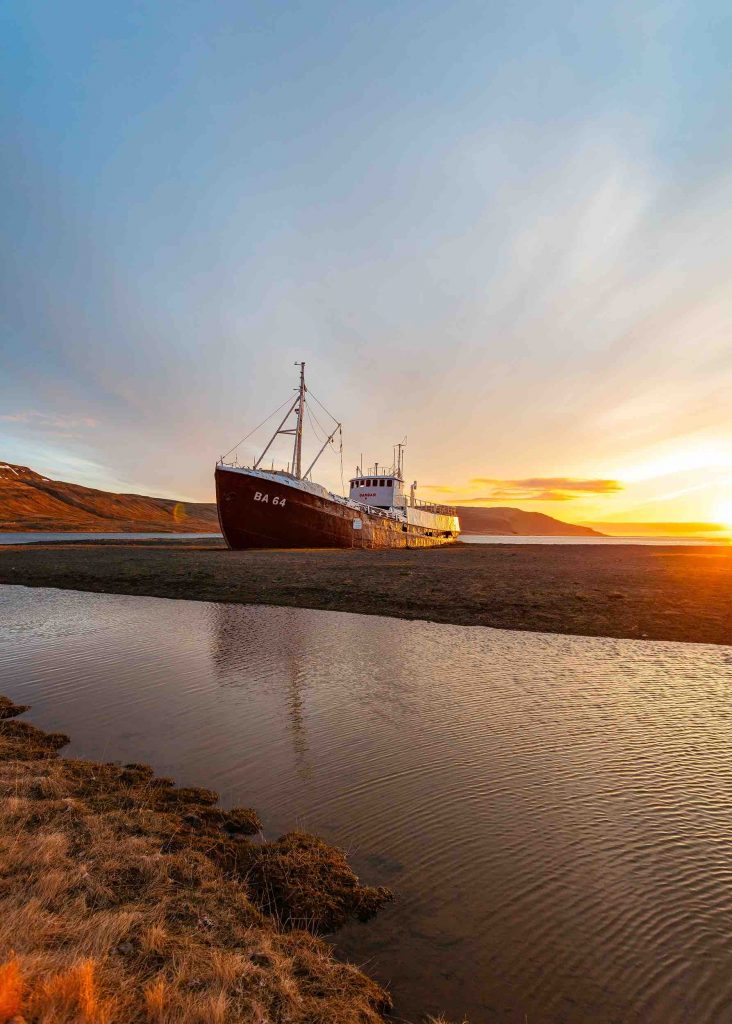
When someone is injured in a maritime accident and sues under the Jones Act, the plaintiff must present evidence that the unseaworthiness of the vessel or other material caused his or her accident. It is not sufficient to demonstrate that the vessel or item was unseaworthy; instead, the plaintiff must demonstrate a causal effect between the injury and the unseaworthiness of the vessel or other sea item.
Unseaworthiness
The Fifth Circuit Court of Appeals in the 1992 case of Phillips v. Western Co. of North America posited how to determine unseaworthiness: “A vessel’s condition of unseaworthiness might arise from any number of circumstances. Her gear might be defective, her appurtenances in disrepair, her crew unfit. The number of men assigned to perform a shipboard task might be insufficient. The method of loading her cargo, or the manner of its stowage, might be improper.”
In other words, a number of factors will render a vessel as unseaworthy. To succeed on a maritime personal injury claim in Federal Court, the plaintiff will have to present evidence of unseaworthiness, which, as seen from the Phillips case, can be based on several factors. A claim of unseaworthiness will be based on several factors.
Nonetheless, Courts have pointed out that an isolated act of a crew member does not make the vessel unseaworthy. Instead, case law tells us, there needs to be a “congeries of acts” to make a vessel unseaworthy, in the words of the Fifth Circuit Court of Appeals from the 1971 case of Robinson v. Showa Kalin K.K.
Ship Safety and Negligence
Courts acknowledge that the actions of the crew aboard a ship can render the vessel unseaworthy. This means that although the owners of the ship properly inspected the ship for safety, hired a seemingly competent crew, and had every cutting edge safety device aboard the ship, the ship owners may still be liable if it was determined that that the crew was negligent.
Under the accepted legal doctrine of agency, the crew members are agents of the ship owner. If those crew members are negligent and make the ship unseaworthy despite its otherwise seaworthiness, the owners of the ship can be liable for an injury occurred due to the unseaworthiness of the ship. Upon injury, the plaintiff can sue the ship owners for negligence. If successful, the ship owners have the right of indemnity against the crew members, which means that the ship owner has the right to go after the crew members for their negligence and make the owner whole. However, as mentioned, the first party that would be obligated would likely be the ship owner.
Causal Connection
As mentioned, the plaintiff can only be successful if he or she demonstrates a causal connection between the unseaworthiness and the injury. Many plaintiffs can point to lapses in the crew’s performance; however, a lapse does not mean that an injury was the result of that lapse. Therefore, to sue successfully, the plaintiff would need to peruse several pieces of evidence to build a case that expresses a causal connection between unseaworthiness and injury.
Injured in a maritime accident? Contact The Kolodny Law Firm, a maritime injury firm.
(image courtesy of Mahkeo)

